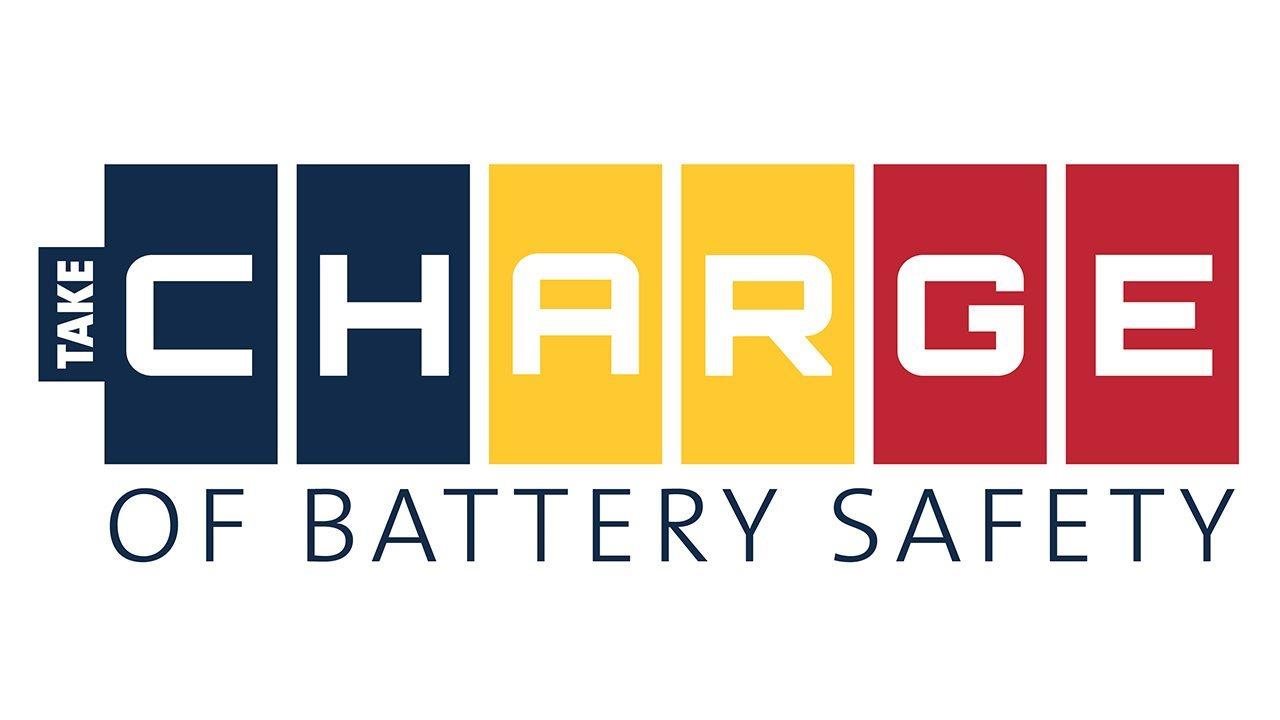2025-12-04T09:01:00
(BPT) – The start of a new year is a great time to reset routines and realign with wellness goals. For many Americans, that means shifting to more intentional eating and focusing on foods that nourish both the body and the planet. Chilean salmon makes an outstanding addition to any lifestyle, offering a purposeful protein that supports long-term wellness, sustainability and satisfaction.
How Chilean salmon fits into a healthier 2026

As consumers continue to prioritize nutrient-dense, high-quality foods, salmon from Chile stands out as an exceptional choice. Each serving provides high-quality, lean protein and a rich supply of omega-3 fatty acids that adds even more nutritional value, delivering benefits for the heart, brain, immune system and more.
Salmon from Chile is considered a U.S. Food and Drug Administration (FDA) best choice since it’s low in mercury, making it a safe and family-friendly option, including for pregnant women and children. The FDA also includes salmon on its list of foods that meet the new criteria for its updated definition of “healthy,” which focuses on nutrient-dense foods that promote long-term health.
A sustainable start to the new year

Eating with purpose means thinking beyond the plate. Farmed salmon, including salmon from Chile, has the highest edible yield and lowest feed conversion ratio (FCR) of animal proteins, meaning it’s the most efficient animal to farm. Chilean salmon farmers are also constantly improving their practices to be more sustainable and efficient, ensuring that health-conscious choices also support the planet. The consistently cold waters of Patagonia allow Chilean salmon to thrive year-round, making fresh and frozen salmon available at local grocers no matter the season.
Easy ways to eat with intention
Small, consistent choices can make the biggest impact. The Dietary Guidelines for Americans recommend at least 8 ounces of seafood per week, and incorporating salmon from Chile can be one of the simplest ways to meet this standard. With the rise of budget-friendly frozen options and time-saving hacks, keeping salmon from Chile in the freezer makes intentional eating even more effortless. Flash frozen at peak freshness, Chilean salmon thaws in just 15 minutes, offering a fast and nourishing solution for weeknight meals or meal-prep sessions.
Salmon has a versatile flavor profile that pairs well with countless preparations, whether baked, grilled or pan-seared for a quick weeknight dinner. Ask for salmon from Chile at your local seafood counter and start the new year with a choice that feels as good as it tastes, supporting your health goals and the planet well into 2026.






























